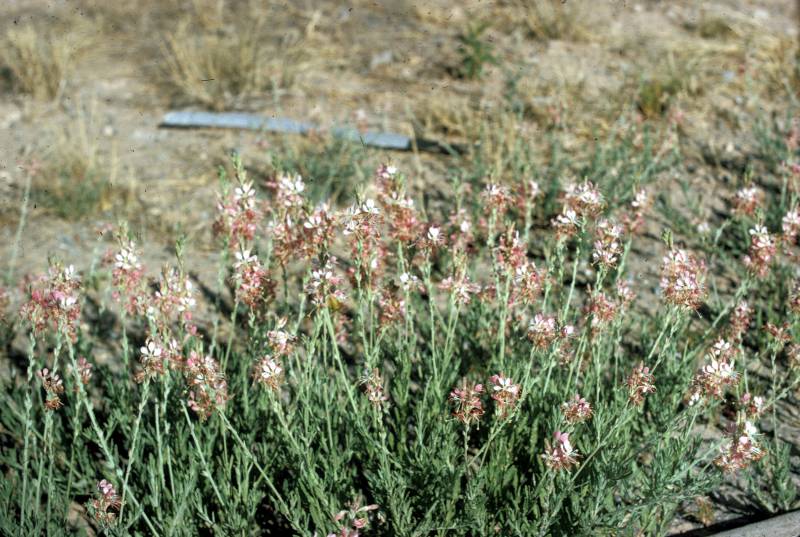Oenothera curtiflora
Oenothera suffrutescens
small-flowered gaura, velvet weed, velvetweed
scarlet beeblossom
Leaves alternate, the basal leaves spatulate, the lower cauline leaves oblong, the others oblong-lanceolate to lanceolate, 4-15 cm. long, entire to wavy-dentate, gradually reduced upward to very small, linear floral bracts.
Leaves alternate, many, sessile, linear-lanceolate to oblong-lanceolate, 1-3 cm. long, with a few shallow teeth, reduced upward.
Inflorescence of many-flowered spikes, 1-3 dm. long;
calyx tube very slender, 2-3 mm. long, with 4 distinct, reflexed lobes 2-3 mm. long;
petals 4, short-clawed, pinkish, 2 mm. long;
stamens 8, filaments without basal scales;
ovary inferior, 4-celled.
Inflorescence of many-flowered spikes 5-20 cm. long, with bracts 3-9 mm. long;
calyx tube slender, 5-9 mm. long, with 4 distinct, reflexed lobes;
petals 4, red, pink or nearly white, 3-6 mm. long including the narrow claw, the blade oval to rhombic;
stamens 8, filaments 3-5 mm. long, with tiny, linear scales at the base;
style slightly longer than the stamens;
stigma with 4 short, oval lobes from a cup-like base;
ovary inferior, 4-celled.
Fruit hardened, 6-10 mm. long, spindle-shaped, glabrous, 4-angled by not winged.
Fruit hardened, 5-9 mm. long, somewhat spindle-shaped, sharply 4-angled, winged on the upper half.
Oenothera curtiflora
Oenothera suffrutescens
- Local floras:
BC,
CA,
OR,
WA
- Local Web sites:
CalFlora,
CalPhotos,
Flora NW,
PNW Herbaria
WildflowerSearch
iNaturalist (observations)
USDA Plants Database
- LBJ Wildflower Center
- SEINet
- Plants of the World Online
- Encyclopedia of Life
- Wikipedia
- Google Image Search
- Local floras:
BC,
CA,
WA
- Local Web sites:
CalFlora,
CalPhotos,
Flora NW,
PNW Herbaria
WildflowerSearch
iNaturalist (observations)
USDA Plants Database
- LBJ Wildflower Center
- SEINet
- Plants of the World Online
- Encyclopedia of Life
- Wikipedia
- Google Image Search



